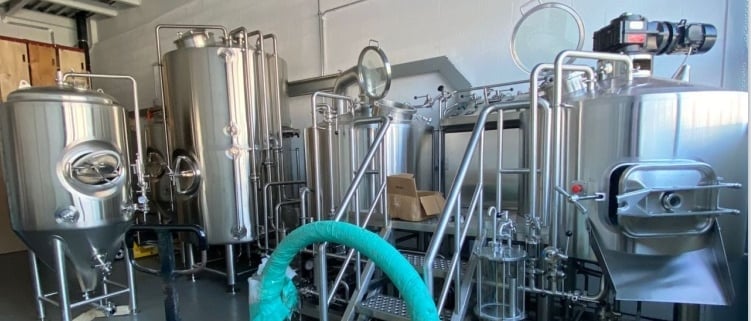Guidelines for using craft brewing equipment in 2025
Craft brewing isn’t just a trend. It’s a movement. A passion. A science-meets-art experiment where precision engineering and bold creativity collide. Whether you’re an aspiring homebrewer scaling up or an entrepreneur ready to launch your microbrewery, understanding the ins and outs of craft brewing equipment is the first (and arguably most important) step in brewing top-tier beer.
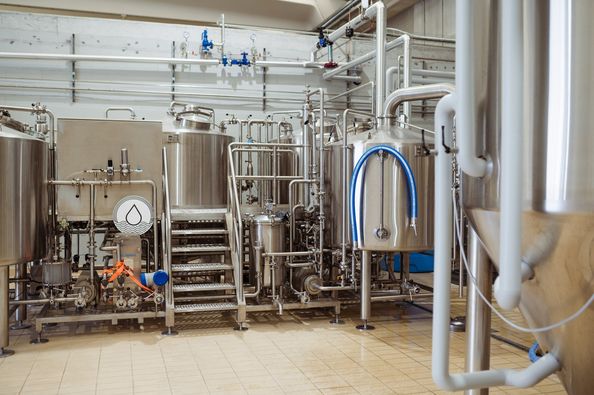
Types of Craft Brewing Equipment
When you’re setting up a brewing system, it’s not about buying a bunch of metal tanks and hoping for the best. Each piece of equipment plays a specific role, and understanding what you need at each stage of the process is crucial. Here’s a breakdown of the essential types of craft brewing equipment and what each one does.
Brewhouse Systems
The brewhouse is where the magic begins. It’s the central nervous system of any brewery. Usually made of stainless steel, this setup includes the mash tun, lauter tun, brew kettle, and whirlpool. Some systems combine vessels to save space or cost. For instance, a two-vessel system might combine the mash and lauter functions, ideal for small batch brewing.
- Mash Tun: This is where you soak milled grains in hot water to convert starches into sugars. Temperature control is critical.
- Lauter Tun: Here, you separate the sweet liquid (wort) from the spent grains.
- Brew Kettle: The wort is boiled and hops are added. Stainless steel and steam-jacketed kettles are best for consistency.
- Whirlpool: Post-boil, the wort spins to separate solids before fermentation.
Fermentation Equipment
Once you’ve created your wort, it’s time for fermentation. This is the biological engine of brewing.
- Fermenters: These come in various sizes and shapes (cylindroconical is most popular) and need perfect seals and temperature control.
- Bright Beer Tanks (BBTs): Used after fermentation for conditioning, clarification, and carbonation before packaging.
Cooling and Temperature Control Systems
Yeast are picky creatures. Too hot or too cold and your beer suffers.
- Glycol Chillers: These keep your fermenters at the ideal fermentation temperature.
- Heat Exchangers: These rapidly cool the wort after boiling to fermentation temperature. Plate-style exchangers are common.
Cleaning Equipment (CIP Systems)
No brewer wants bacteria messing with their batch. Clean-in-Place (CIP) systems help keep equipment sanitized without manual scrubbing.
Packaging Systems
Packaging is the last stop. This could mean cans, bottles, or kegs.
- Canning Lines: From manual fillers to fully automated systems.
- Bottling Machines: Similar in range, but bottling requires more precision for carbonation.
- Keg Washers and Fillers: Must-have for keg-focused operations.
Utility Systems
You can’t brew without power, water, and ventilation.
- Boilers and Steam Generators: For heating mash and kettle.
- Air Compressors: For bottling/canning lines and valves.
- Water Filtration Units: Beer is mostly water. Make it good.
How to Choose the Right Brewing Equipment
Choosing your brewing equipment isn’t like grabbing groceries. It’s more like outfitting a spaceship.
Scale of Production
First, be brutally honest: how much beer do you plan to produce?
- Homebrew or Nano Breweries: Equipment ranging from 50 to 200 liters per batch.
- Microbreweries: Systems that handle 5 BBL (barrel) to 30 BBL batches.
- Regional Breweries: Large-scale systems upwards of 60 BBL and beyond.
Space and Layout Constraints
Brewery spaces often start in old warehouses, garages, or small commercial units. Your square footage matters.
| Facility Size | Ideal Brewhouse Size | Notes |
|---|---|---|
| < 500 sq ft | 1-3 BBL | Limited expansion room |
| 1000-2000 sq ft | 5-10 BBL | Common for microbreweries |
| > 3000 sq ft | 15+ BBL | Room for full production, cold storage, tasting room |
Budget Considerations
Here’s where dreams meet reality. A full system can range from $10,000 for a nano setup to $1 million+ for high-output breweries. Don’t forget to budget for:
- Installation
- Shipping
- Customization
- Licensing
Type of Beer You Want to Brew
Lagers demand lower fermentation temperatures. Sours need special containment to prevent cross-contamination. High-gravity beers need stronger vessels. Design accordingly.
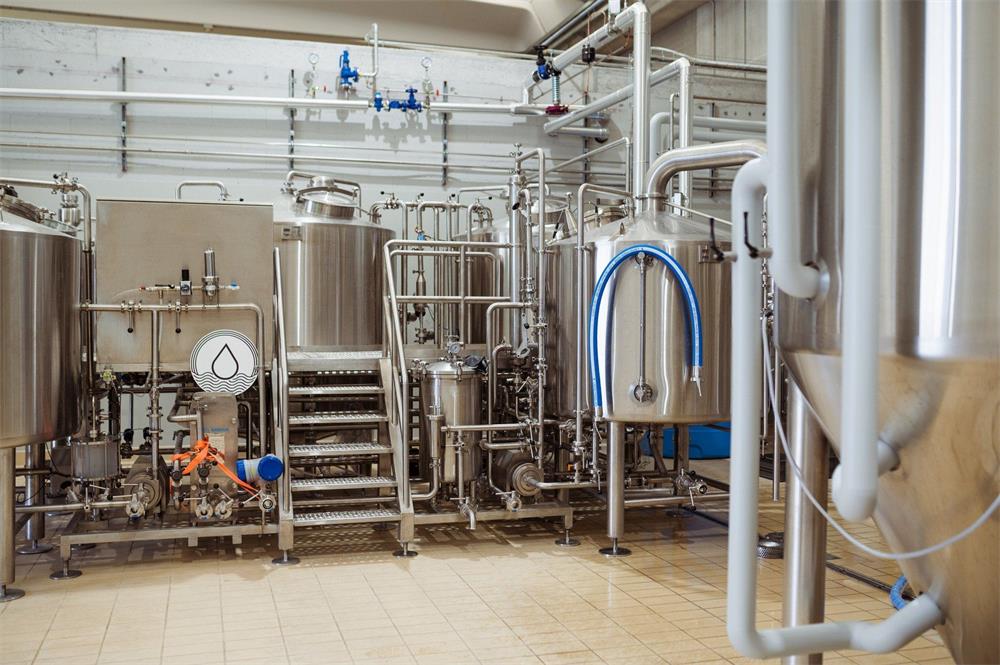
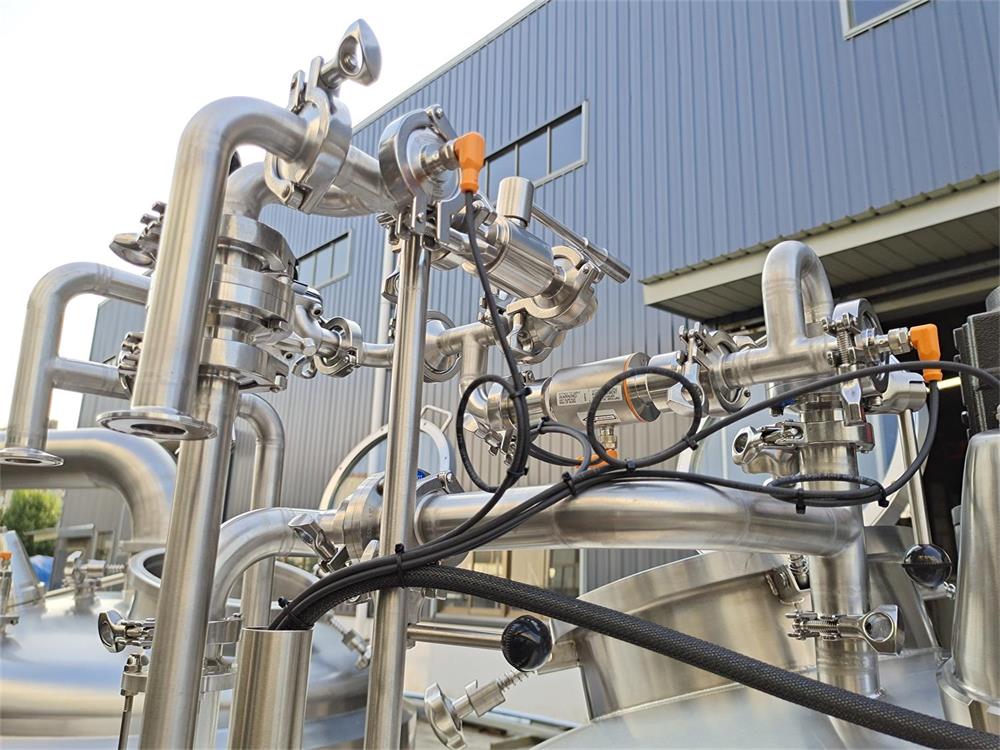
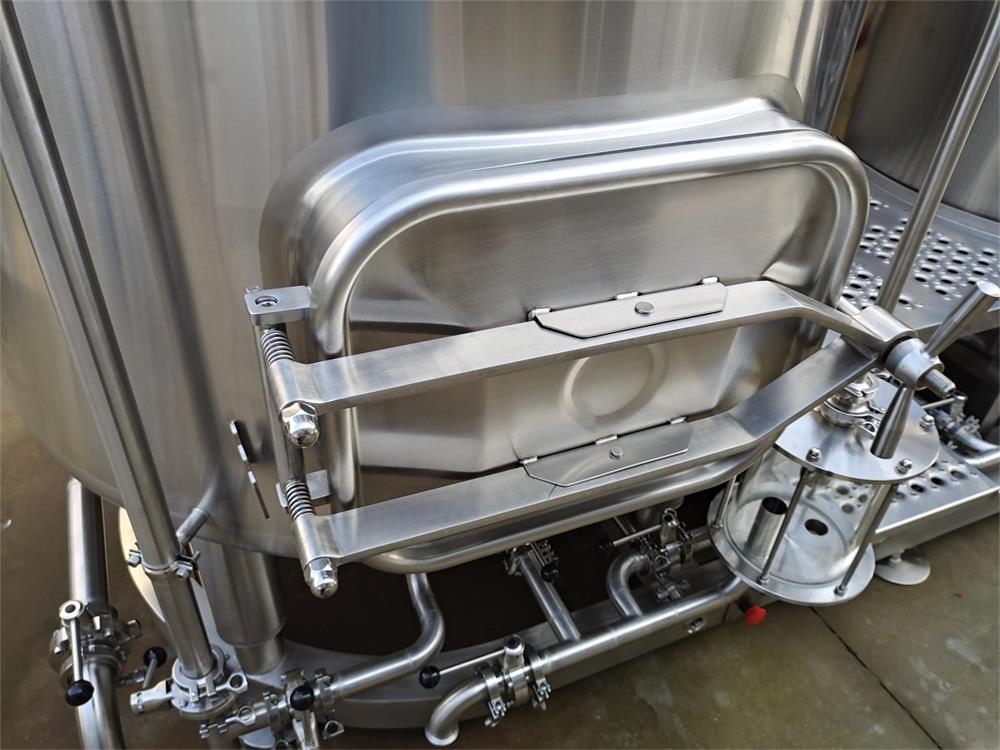
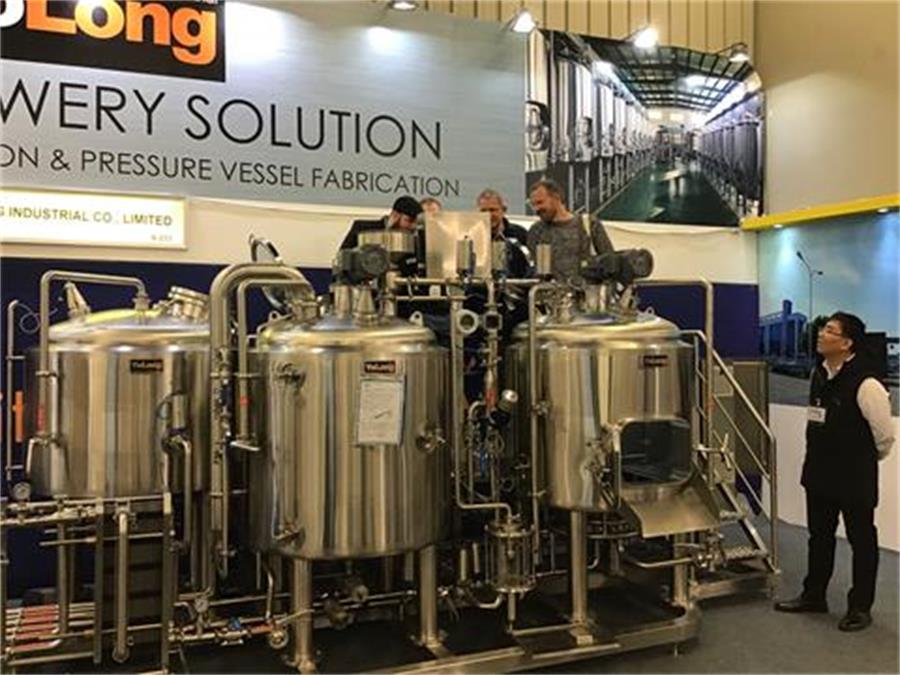
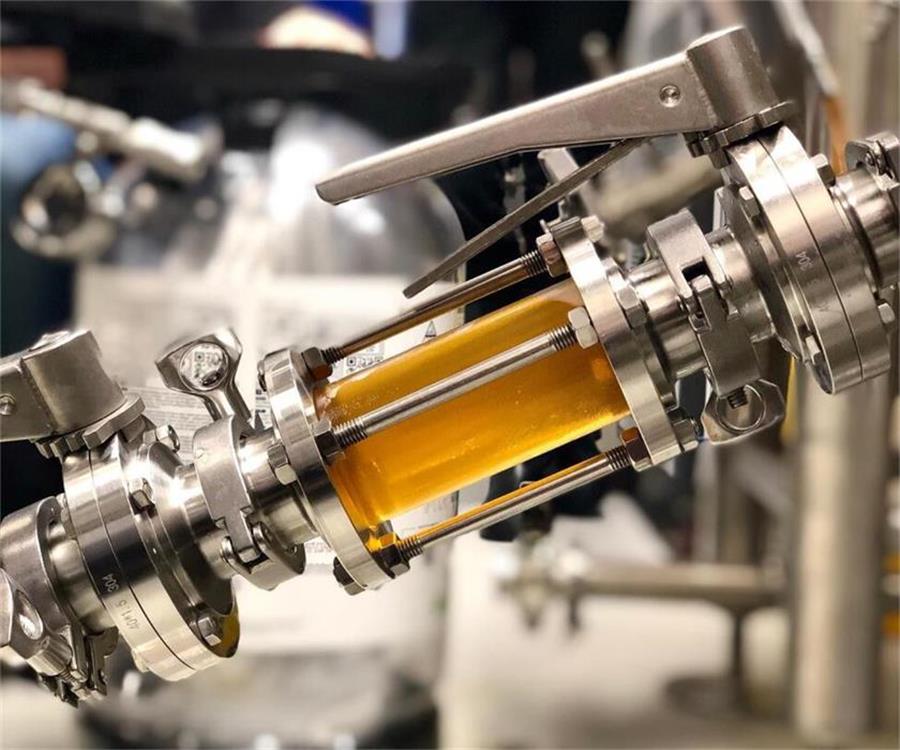

Top Features to Look for in Brewing Equipment
Let’s break down what really matters in your brewing gear. Think of these as the features that take you from decent beer to “holy hops, that’s amazing.”
Material Quality
Always go for food-grade 304 or 316 stainless steel. It resists corrosion and is easy to clean. Some cheaper options use aluminum or lower-grade steel that won’t last.
Automation and Controls
Digital control panels with programmable logic controllers (PLCs) allow repeatable precision. Temperature probes, flow meters, and touchscreen interfaces make life easier.
Scalability and Modular Design
Good systems let you add tanks, vessels, and automation over time. Modular setups are perfect if you’re starting small but dreaming big.
Efficient Heating Systems
Direct fire vs. electric vs. steam. Steam is most efficient and evenly distributed, but electric is cheaper upfront.
Ergonomics and Safety
Easy-access ports, pressure release valves, and well-designed ladders or stairs keep brewers safe and efficient.
Best Craft Brewing Equipment Brands
Some names just rise to the top, whether it’s for durability, customer service, innovation, or community trust.
| Brand Name | Best Known For | Country | Price Tier | Notes |
|---|---|---|---|---|
| Ss Brewtech | High-end homebrew and nano systems | USA | $$ | Sleek design, solid engineering |
| Blichmann | Innovative small-batch systems | USA | $$$ | Patented tech, widely trusted |
| Portland Kettle Works | Custom systems, turnkey packages | USA | $$$$ | Premium commercial setups |
| BrauKon | German precision, high-volume systems | Germany | $$$$ | Engineered for consistency |
| Premier Stainless | Micro to large-scale systems | USA | $$$$ | Strong support, scalable systems |
| Stout Tanks | Modular, expandable brewing tanks | USA | $$$ | Good for growing breweries |
| Speidel | German-made fermenters and kettles | Germany | $$ | Often used by artisan brewers |
Common Mistakes When Buying Brewing Equipment
Underestimating Capacity
Breweries often outgrow their system within the first year. Always think 2-3 years ahead. Scaling up is easier than replacing everything.
Ignoring Utility Needs
Power, drainage, ventilation, and water pressure are all vital. Don’t buy a 10 BBL system if your building’s plumbing can’t support it.
Skipping the Research on Brands
It’s tempting to go for the cheapest supplier, but low-quality gear breaks down, delays production, and ruins batches.
Overcomplicating the System
Don’t overinvest in automation unless you understand how to use it. Manual systems can actually be better when you’re still learning.
Neglecting Cleaning Systems
If cleaning is an afterthought, bacteria will take the spotlight. CIP systems save hours of scrubbing and batches of lost beer.

FAQs
| Question | Answer |
|---|---|
| What is the minimum equipment needed to start a brewery? | At the very least: a mash tun, boil kettle, fermenter, chiller, and packaging setup. Add testing and cleaning tools for quality control. |
| How much does craft brewing equipment cost? | Home setups: $2,000 – $10,000. Microbreweries: $100,000 – $500,000. Larger operations: $1 million+. |
| Can I buy used brewing equipment? | Yes, but inspect it carefully. Look for wear, rust, and outdated electronics. Ask for test batches or usage logs. |
| How do I maintain brewing equipment? | Regular cleaning with CIP systems, pressure checks, gasket replacements, and annual servicing for pumps and chillers. |
| What size fermenter do I need? | Ideally 1.2 to 1.5x the batch size to allow for krausen (foam) during fermentation. |
| Is it better to start with manual or automated equipment? | Start manual if you’re learning. Upgrade to automated once you’re scaling or need tighter control. |

